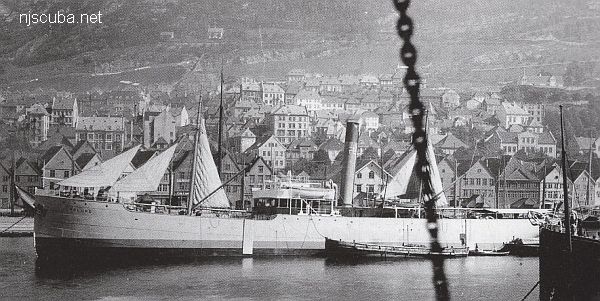Steamers (5/5)
Steamer is an early term for any vessel power by a steam engine rather than sails.
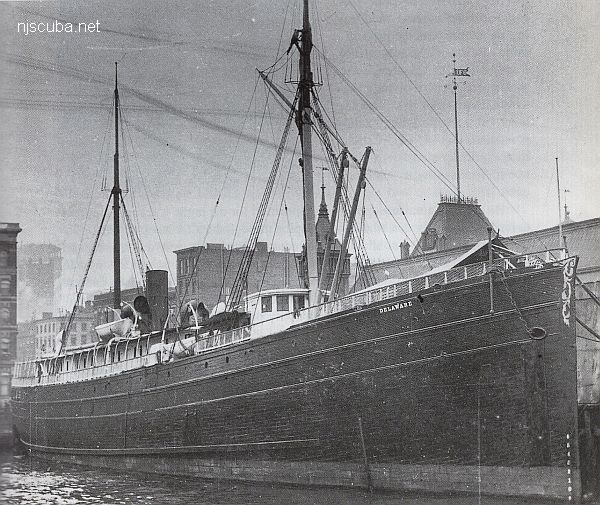
Early steamers were propelled by large paddlewheels. "Side-wheelers", with the paddlewheels on each side, were more seaworthy, and therefore more common in ocean waters, while "stern-wheelers", with a single large paddlewheel at the back, were more common as riverboats. Later, these were replaced by more efficient screw (or propeller) vessels.
More: Steamer or Steamship ...
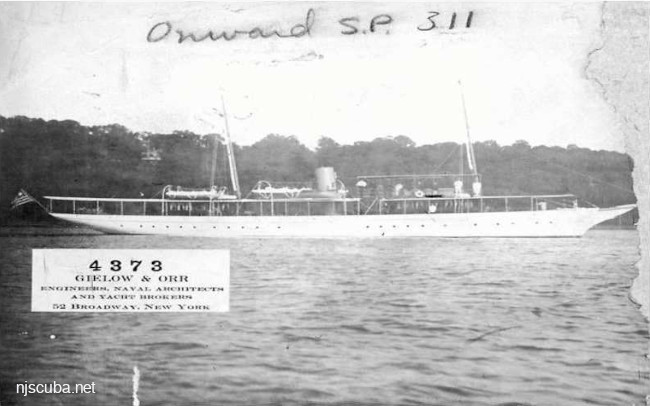
- Type:
- shipwreck, steamer, yacht, USA
- Built:
- 1906, Consolidated Shipbuilding, Morris Heights NY USA as Galatea
- Specs:
- ( 140 x 18 ft ) 157 tons, 9 crew
- Sunk:
- Sunday April 29, 1923
grounded on Fisher's Island - 1 casualty
More: Thelma Phoebe ...
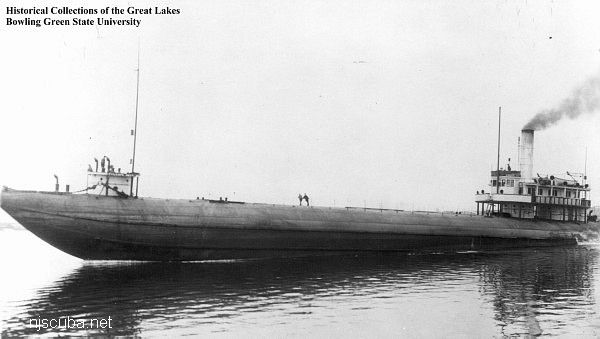
- Type:
- shipwreck, "whale-back" steamer, USA
- Built:
- 1890, AmShip Superior, Duluth MN USA, as Colgate Hoyt
- Specs:
- ( 276 x 36 ft ) 1253 displacement tons
- Sunk:
- Saturday December 25, 1909
ran aground in thick fog - 10 casualties - Depth:
- 14 ft
More: Thurmond ...
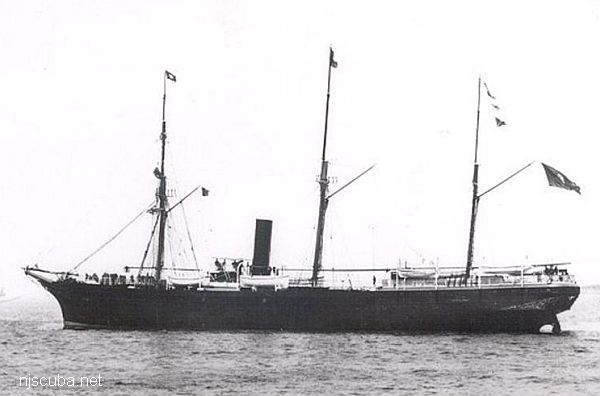
- Type:
- shipwreck, steamer, Spain
- Name:
- Vizcaya is a Basque province in northern Spain. The Basques are a fiercely independent seafaring people of unknown origin.
- Built:
- 1872, England, as Santander
- Specs:
- ( 287 x 38 ft ) 2458 gross tons, 103 passengers & crew
- Sunk:
- Saturday October 30, 1890
collision with schooner Cornelius Hargraves - 60 casualties - Depth:
- 80 ft
More: Vizcaya ...

- Type:
- shipwreck, Great Lakes freighter, USA
- Built:
- 1890, AmShip Cleveland, Cleveland OH USA, as German
- Specs:
- ( 296 x 40 ft ) 2418 gross tons, 30 passengers & crew
- Sunk:
- Wednesday June 11, 1919
collision with liner Argentina - no casualties - Depth:
- 110 ft
More: Yankee (G&D) ...


